
OR
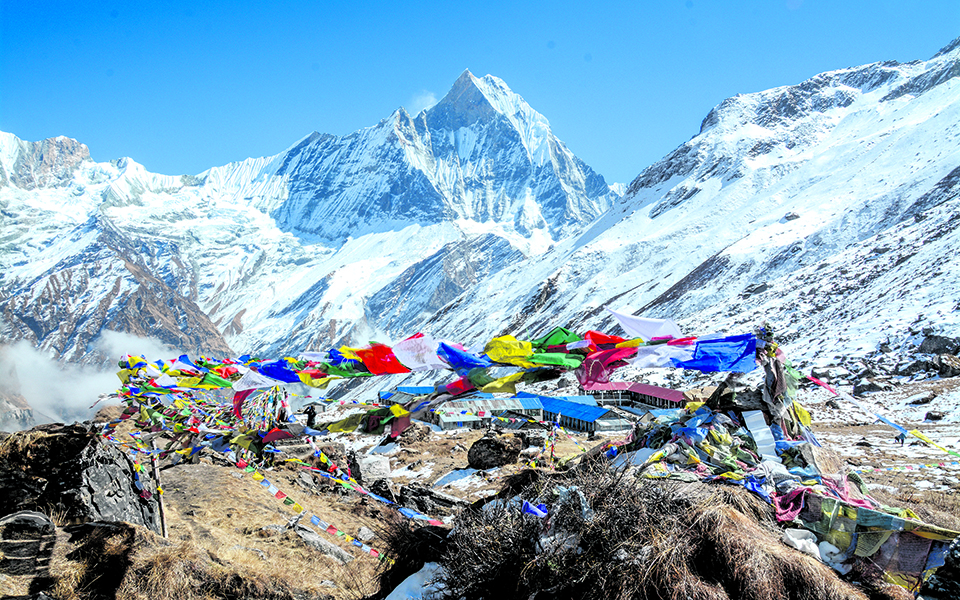
The first time Pratik Poudel saw a camera drone was when he was in his second year of BBA at Pokhara University. Tony Whelan, an American tourist, introduced him to the “strange” device. That was in 2011 when Pratik was still mulling over what he wanted to do in life. Whelan helped Pratik through the mechanics of the camera and that was how he started making videos.
A Pokhara resident, Pratik flew the drone all over his hometown, over the stupas, lakes and the streets. During the earthquake in 2015, he was called over multiple times to help with rescue missions with his drones. Nepal Police contacted him as well and later commissioned him to train their officers in using drone cameras.
“I was so overwhelmed by what I was doing. My work mattered and I felt like I was doing something worthwhile,” he shares. Soon enough he decided that he wanted to study filmmaking and dropped out of his BBA program and came to Kathmandu.
Fast-forward to 2019, Pratik recently finished his Bachelors in Filmmaking and has since become quite the traveler. In his journeys, he has traveled solo, ridden on dangerous off-roads on a broken bike, seen a whole other side of Nepal and often wondered if he could survive each of his trips. He obviously did and he loves to share his travel stories with anyone who lends him an ear.
The first: ABC
Although Pratik always went back and forth between major cities visiting one relations or the other, he had no trekking experience to speak of. So he decided that he would make a trip to Ghandruk with his seniors. Ghandruk itself was an adventure for him but a bigger opportunity to travel presented itself before him. In 2015, a particular route to Annapurna Base Camp went through Ghandruk so many trekkers passed through the place on their way to camp. A travel guide did too and Pratik, eager to take on a bigger adventure, asked to be taken along as well.
“To say I wasn’t scared or concerned about how I’d do in the trip would be a lie,” he says. Never having walked for more than a few hours previously, he doubted if he could make it but he had to try. And so he went, accompanied by two Swiss tourists, the tour guide and a porter, who like Pratik, was doing his first major trek. “He was my age and I still marvel at how he had the guts to take on ABC on his first ever trek. Him being with me helped, we kept encouraging each other throughout the trek,” he recalls.
Fearful of the rising altitude, novice trekker Pratik walked an average of 12 hours for nearly a week. On their second stop at Deurali, Pratik remembers waking up to rising mountains right above him and being thunderstruck by what he saw before him. He had to crane his neck upward towards the mountains and he ran screaming to his companions. Once he had calmed down he decided that he had come to the best place on earth.
Up on the base camp he met people from all professions and countries gathered at a communal hall. Some were huddled before a bonfire playing songs (in languages he couldn’t understand) while some were sharing stories of their own arduous trek and discussing where they were headed to the next day. “‘So this is what traveling feels like’, I remember thinking. All I knew as when we left the next day was that I wanted to do more of it,” he says.
Mesmerizing Manang
Pratik is a part of Photo Walkers, a group of photographers who travel around Kathmandu Valley weekly in search of in motion scenes to capture. With two other members from the group, Pratik decided to trek up to Manang.
From Chame to Upper Pisang, they were relatively doing okay but from Pisang to Ghyaru village was a straight upward climb. Walking became harder as the altitude increased and the temperature dropped. Annapurna II was right before their sights and it was the only consolation they had during their arduous trek. “I wasn’t a good photographer back then but even a shaky shot of the peak looked like a masterpiece,” he recalls.
After reaching the main Manang Bazaar they had heard of an ice lake that rarely saw any visitors but was a sight to see. The lake was three hours from Shree Kharga (where they spent the night) and the way to the lake was famous for star trails and milky ways. Making the journey meant an altitude jump from 3200m to 4600m in less than three hours. But their photographer instincts kicked in and they walked ahead. No sooner had they reached the top of one hill they were met with another, equally intimidating one.
Five hills later and at three in the morning, they came upon across a teahouse but it was closed. It was November and the temperature was below -17 degrees. The waters in their bottles froze and they were so cold that they huddled before the shutters of the teahouse for some warmth, unable to move. As day broke, they heard a tinkle of bells and saw a horse approaching them. Riding the horse was the owner of the teashop.
“He had seen us up on the hill and had come to rescue us. He came to us expecting the worst and told us that only a while back a traveler had frozen to death on those very trails so he was genuinely concerned for us,” recollects Pratik. From then onwards Pratik’s companions abandoned the idea of visiting the ice lake but Pratik was adamant. He drank some warm tea (thanks to the teashop owner) and continued on his own.
From then onwards, he became a solo traveler and reached the lake. Pratik believes that he had been right to head over there. He says, “The ice lake was stunning. When you’re there you can’t imagine that another human being has ever set foot there before you.” He then headed over to Tilicho Base Camp all on his own. On the base of Bais Ghumti (one of the hardest climbs in the region), he was close to giving up but pushed himself one final time. “I will never forget what I saw up there, water (Tilicho Lake), desert and forest all together. That should have been impossible. But it was real. It was magic,” he concludes.
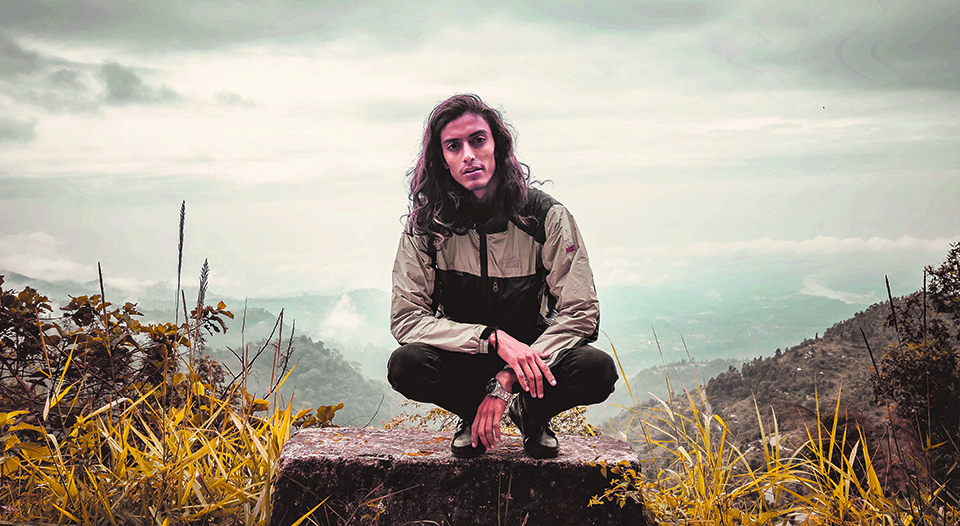
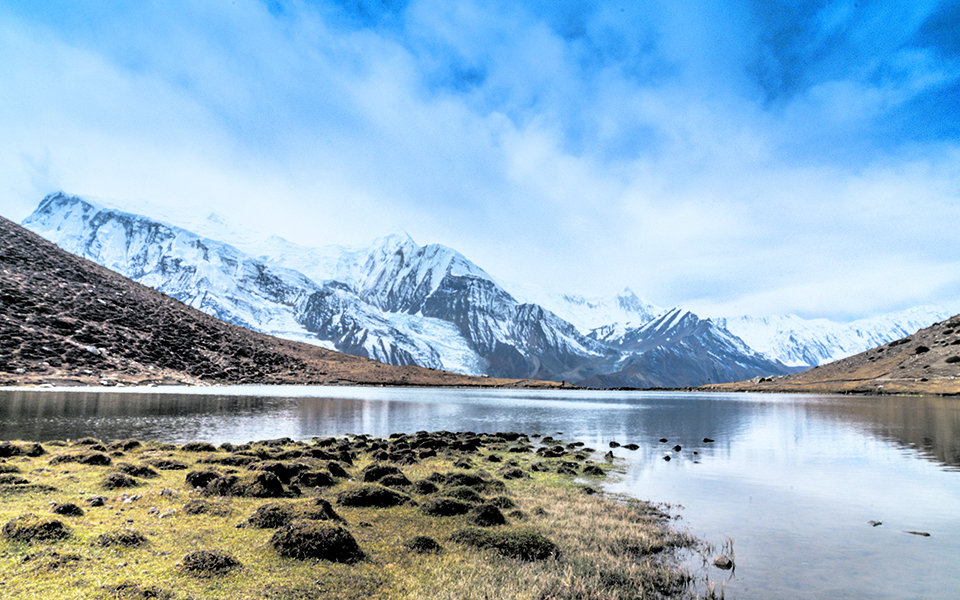
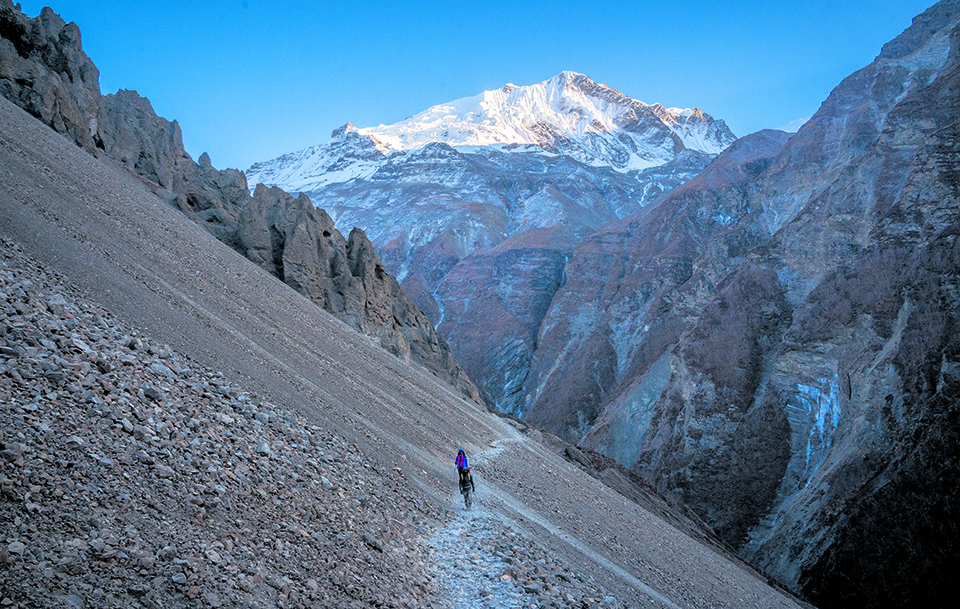
You May Like This
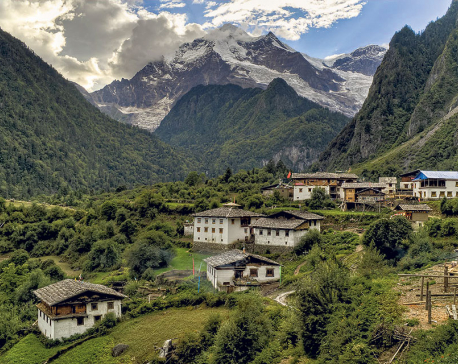
For the Himalayas
With the advent of technology more and more businesses involved in the service sector are embracing digital forms of service... Read More...
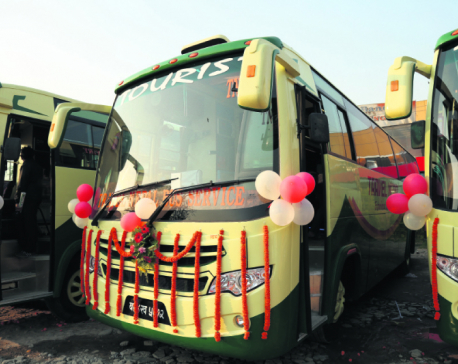
Travel Nepal Bus starts operating Tata Motors’ tourist coaches
KATHMANDU, APRIL 11: Travel Nepal Bus Service Pvt Ltd has started a new bus service using coaches that have facilities... Read More...

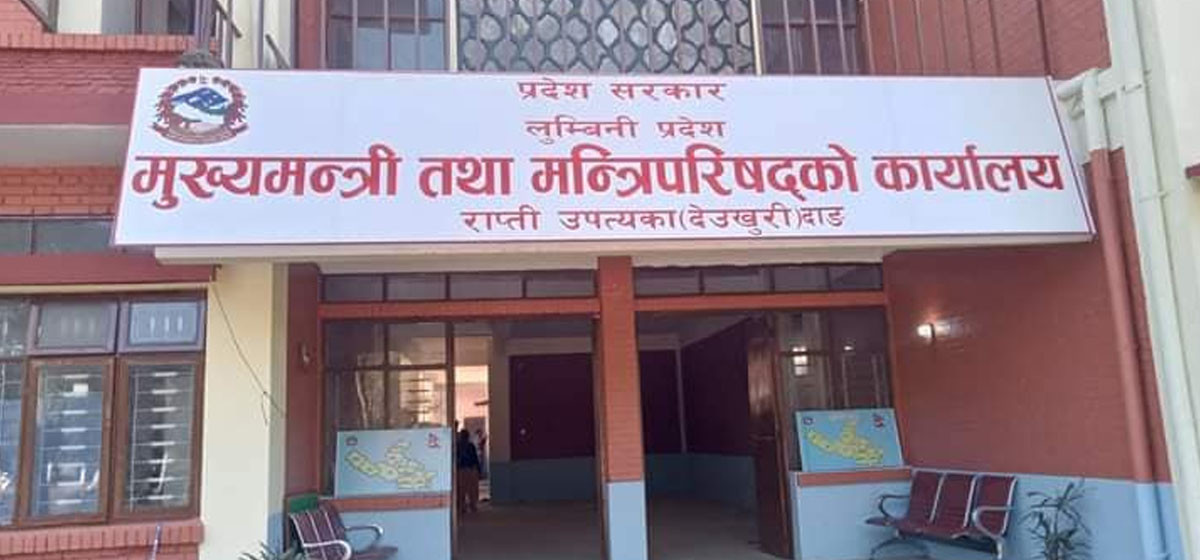
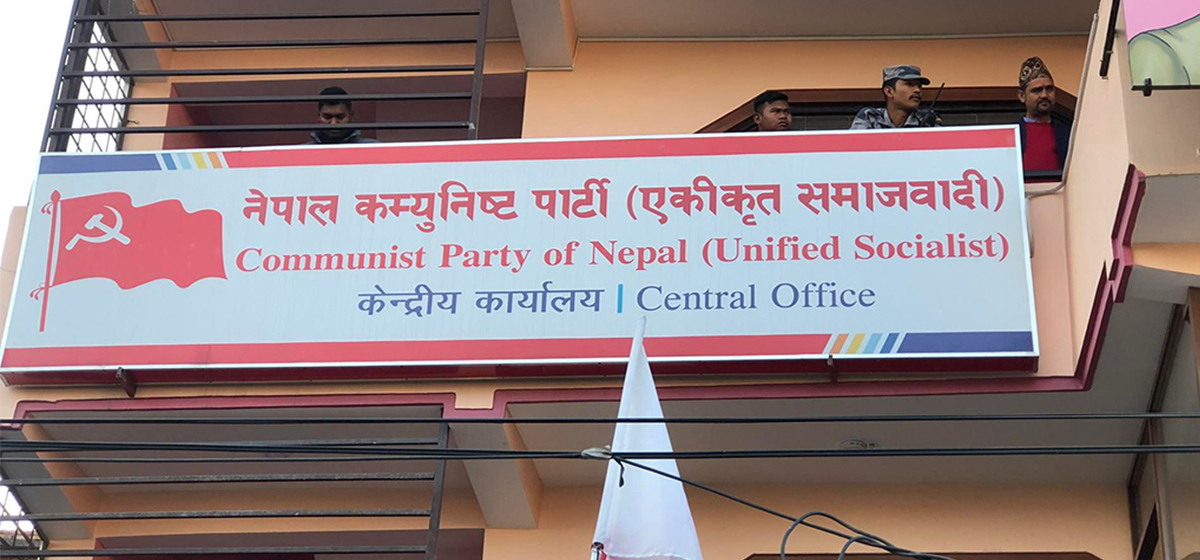

Just In
- Special session of Koshi Province Assembly begins
- Lumbini Province: Three UML, one NUP leaders to take oath as ministers without portfolio today
- Unified Socialist’s general convention from June 30
- Former Indian Foreign Secy Shringla highlights India's strategic engagement with neighboring Nepal
- iPhone 14 Pro Max-shot Nepali film 'A Place Under the Sun' set for global OTT platform release
- Vitamin A being administered to children across Nepal
- Idols of Lord Ram and Sita consecrated at Nepali temple in Thailand
- Satdobato-Balkumari road section to be closed at night for several days




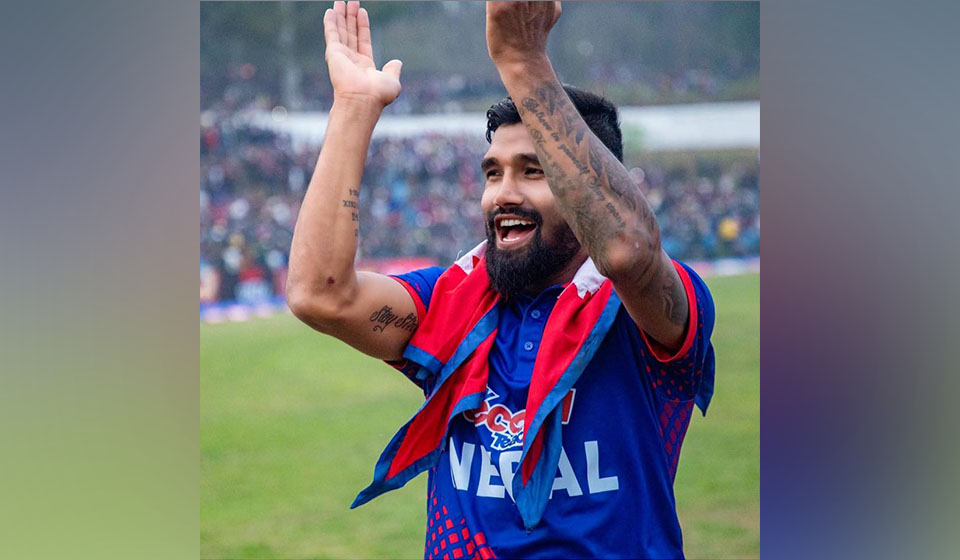


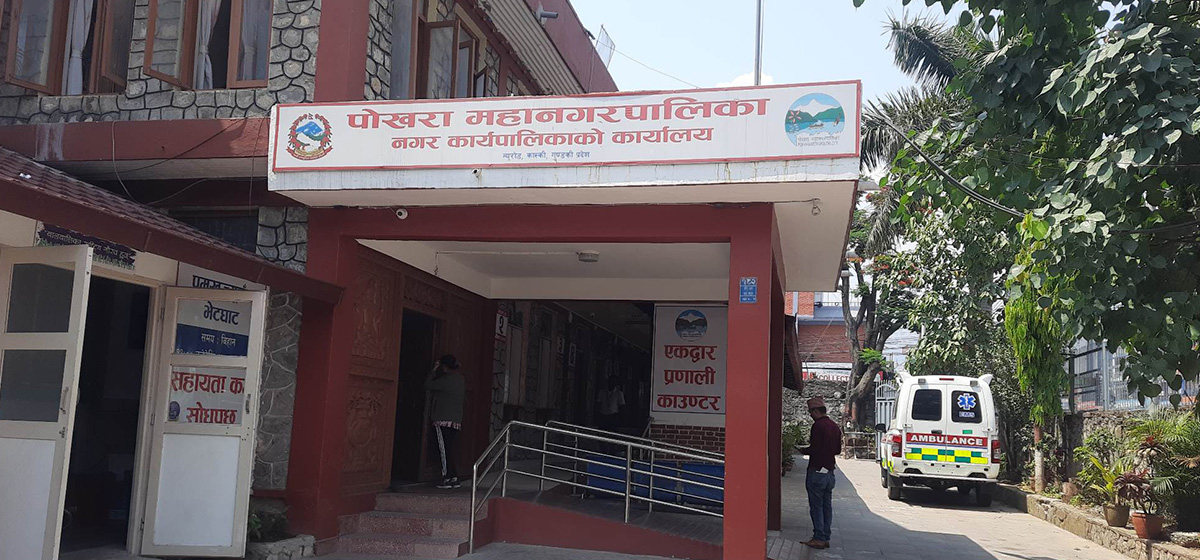

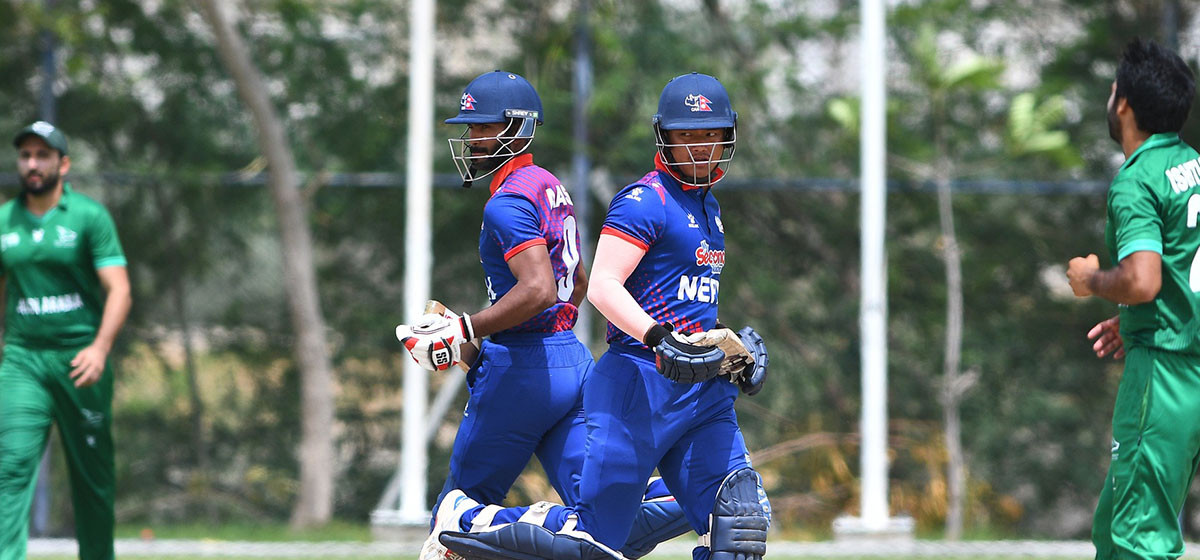
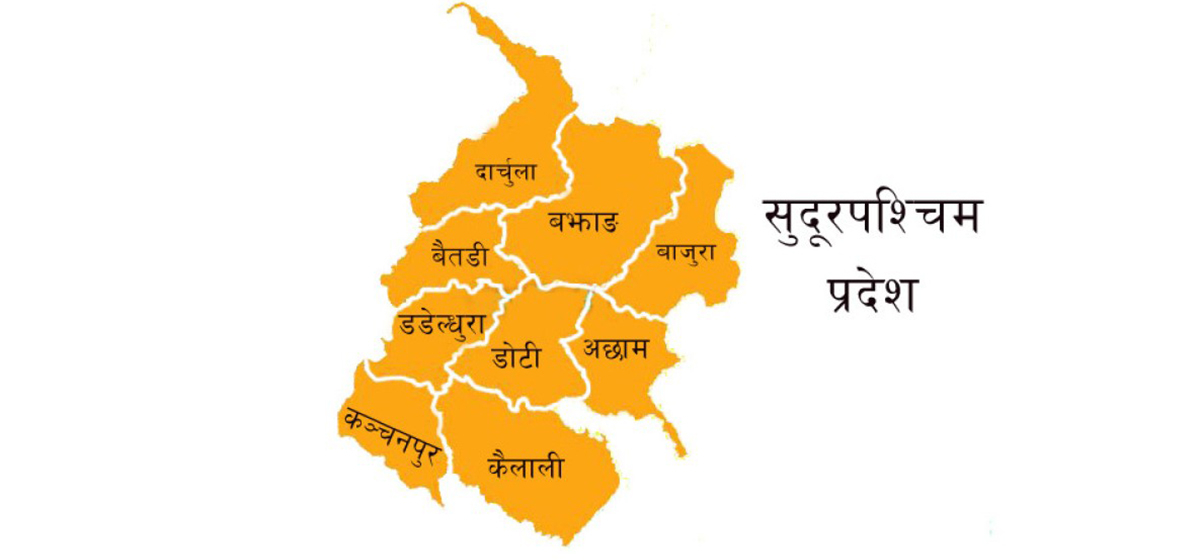

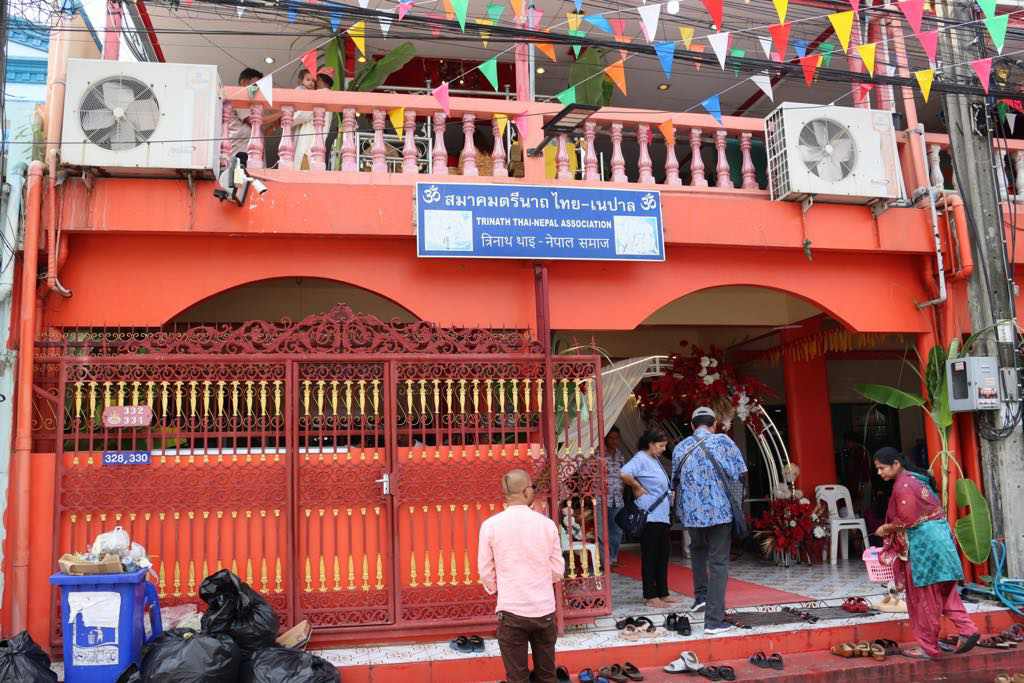

Leave A Comment